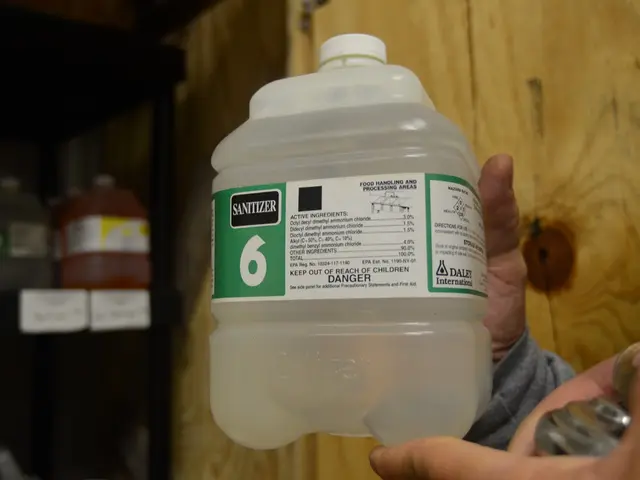Guide to Maintaining a Nutritious Diet for Endometriosis Sufferers and Rationale Behind It
Endometriosis can be a real pain in the... well, everywhere. From heavy periods to unbearable cramps, it can seriously disrupt your daily life. You've probably heard that diet plays a big role in managing symptoms, but is following an endometriosis diet the magic bullet? Not quite, but it's an important piece of the puzzle, says gynecologic surgeon Cara King, DO.
Here's how eating well can help manage endometriosis as part of your overall treatment plan.
What is an endometriosis diet?
An endometriosis diet focuses on foods that lower inflammation caused by living with endometriosis. Dr. King explains, "Endometriosis is incredibly inflammatory. Anything that decreases that inflammation is going to be helpful."
However, a healthy diet is just one part of the overall management plan for endometriosis. As Dr. King points out, "Too often, people with endometriosis are told that managing their condition is on them. But proper treatment and management go beyond just what you eat."
Best and worst foods for endometriosis
If changing your diet is part of your endometriosis management strategy, focus on whole, natural foods. Dr. King suggests, "An everyone-friendly diet emphasizes lean protein, healthy fats, whole grains, and lots of fruits and vegetables." And, if you have endometriosis, these choices can make a substantial difference in how you feel.
Eat more: Fiber
High estrogen levels can worsen endometriosis symptoms. Increasing your fiber intake can help your body eliminate excess estrogen. Aim for about 35 grams of fiber daily. Foods rich in fiber include fruits, vegetables, ground flaxseed, legumes, and whole grains.
Eat more: Healthy fats
Healthy fats, like omega-3 fatty acids, can help reduce inflammation from endometriosis. Good sources of omega-3s include fatty fish, nuts, seeds, and plant oils. Monounsaturated fats are also anti-inflammatory and can be found in avocadoes, nuts, seeds, olive oil, peanut butter, and safflower oil.
Eat more: Magnesium
Magnesium can help ease muscle cramps, including menstrual cramps. Foods rich in magnesium include fruits, leafy greens, legumes, nuts, and seeds.
Eat more: Zinc
Zinc helps regulate your menstrual cycles and can help manage hormones, which is crucial for minimizing endometriosis symptoms. Animal products are some of the highest sources of zinc. However, if you're vegetarian or vegan, consult a healthcare professional about suitable sources of zinc for you.
Limit: Highly processed foods
Processed and packaged foods can worsen inflammation, making endometriosis symptoms more uncomfortable. Dr. King advises, "Cutting back on processed foods can help if you have endometriosis." These foods tend to be high in sugar, salt, saturated fats, preservatives, and food dyes, which can aggravate inflammation and increase symptoms.
Food triggers
Some people with endometriosis may find that certain foods or drinks make their symptoms worse. To identify these triggers, keep a food journal, noting what you eat and any symptoms you experience, and then share it with your healthcare provider during your next appointment. Common triggers include alcohol, caffeine, gluten, dairy, and high-sugar foods.
Bottom line
Changing your diet won't cure endometriosis, but it can help you manage symptoms and feel better. "Eating well is a large step toward keeping your body healthy overall, which can help you feel your best," Dr. King concludes. "But it's only one part of the plan. It's also important to work closely with your provider to develop a comprehensive treatment plan that addresses all aspects of your endometriosis and your well-being."
An endometriosis diet focuses on reducing inflammation by consuming foods like lean protein, healthy fats, whole grains, fruits, vegetables, and fiber-rich foods. Reducing processed foods can help manage symptoms as they may worsen inflammation. Identifying food triggers through a food journal can help in managing endometriosis symptoms better. However, a healthy diet is just one part of the overall management plan for endometriosis, and it's crucial to work with a healthcare provider to develop a comprehensive treatment plan.








